Mount Leuser: The Heart of Southeast Asia's Conservation, Burning from Aceh to Langkat
“Protecting Leuser is not just about the forest, but about the future of water, climate, and people.”
Fhay! - SEMATA Newsroom
11/2/20253 min read

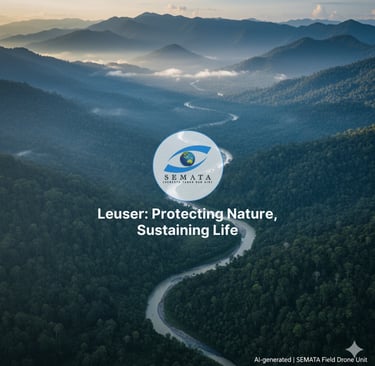
In northern Sumatra, amidst the misty valleys and the roar of the Alas River, lies a magnificent area that serves as Southeast Asia's last bastion of biodiversity—Mount Leuser National Park (TNGL). Covering an area of 830,268 hectares, TNGL is more than just a forest, but a vibrant ecosystem that supports the lives of millions of people and wildlife.
This area has recently been in the spotlight again following a statement by Mr. Handoko Hidayat, Head of Section VI Besitang of TNGL, who emphasized Leuser's significant role in protecting natural systems and communities.
"This means we also have a great responsibility to protect this conservation area," he said during a socialization of TNGL protection in Aceh Tamiang, Wednesday (October 29, 2025).
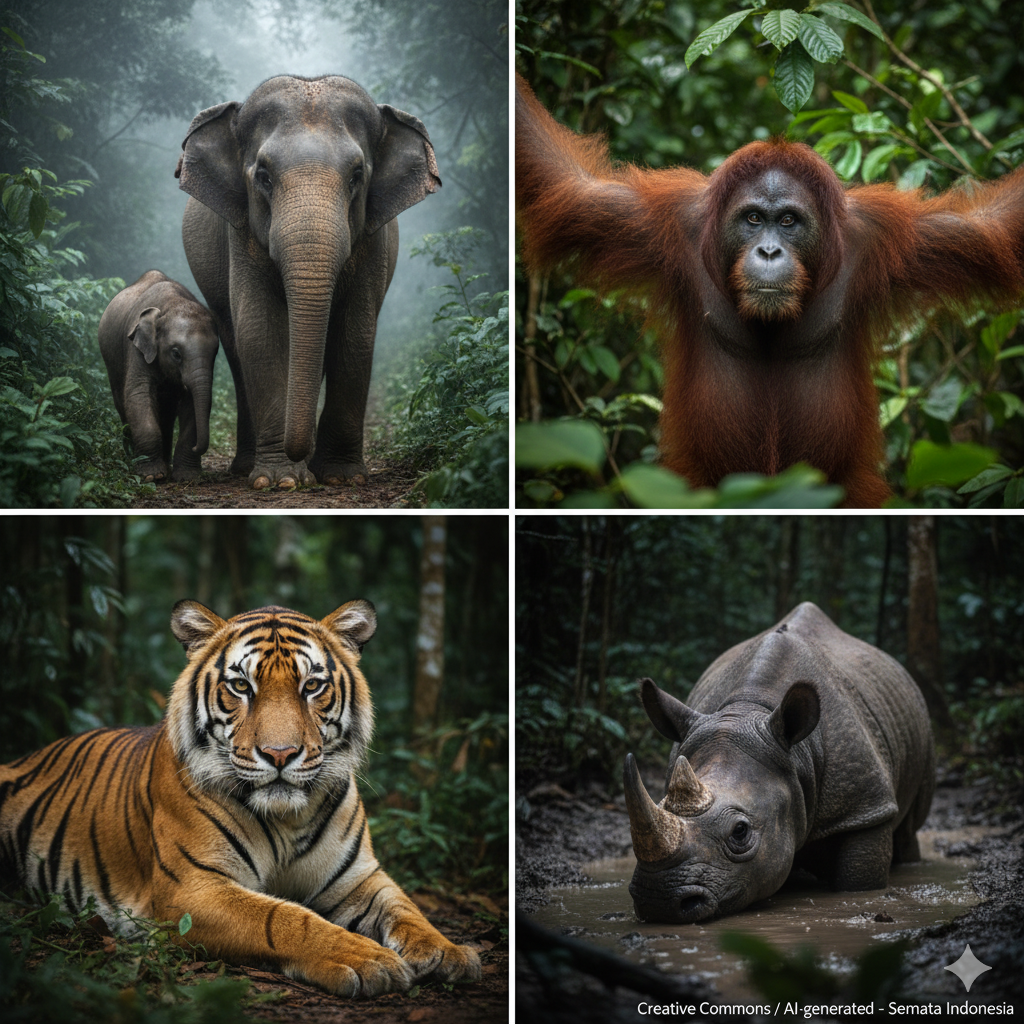

Community Ecological and Economic Fortress
Leuser is not only home to Sumatran elephants, rhinos, tigers, and orangutans — it also provides water, air, and livelihoods for people in Aceh and North Sumatra.
According to TNGL data, this area has three main functions: protecting life support systems, preserving biodiversity, and sustainably utilizing resources.
"This area is not just a nature reserve, but a source of life — from the water that flows into the rice fields to the air we breathe every day," said Mr. Ilham Pangestu, a member of the Indonesian House of Representatives who also attended the event.
With its ecological functions as a water regulator and climate control, TNGL serves as a vital buffer for the agriculture, fisheries, and tourism sectors in North Sumatra.
However, the threat of land clearing and economic pressures continues to lurk in the buffer zones, especially along the border between Aceh Tamiang and Langkat.

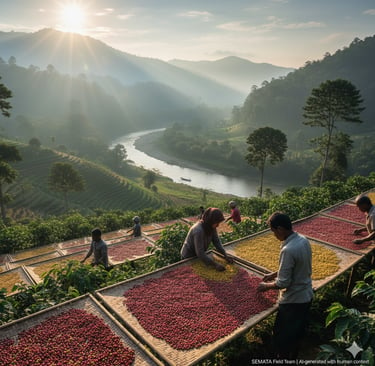
Linking Conservation and Well-Being
For SEMATA Indonesia, this message from the Leuser region aligns with the institution's vision: that conservation is inseparable from human well-being. Through a community-based conservation approach, SEMATA positions communities at the forefront of ecosystem protection.
Programs such as mangrove restoration on the Langkat coast, strengthening the economic well-being of coastal fishermen, and data-driven conservation policy advocacy are concrete manifestations of SEMATA's commitment to grounding conservation values within the community. This approach not only preserves biodiversity but also builds a sustainable blue-green economy.
"We believe that true conservation is not just about protecting nature from humans, but also about protecting humans from losing nature," said the SEMATA Field Unit Team in an official statement.
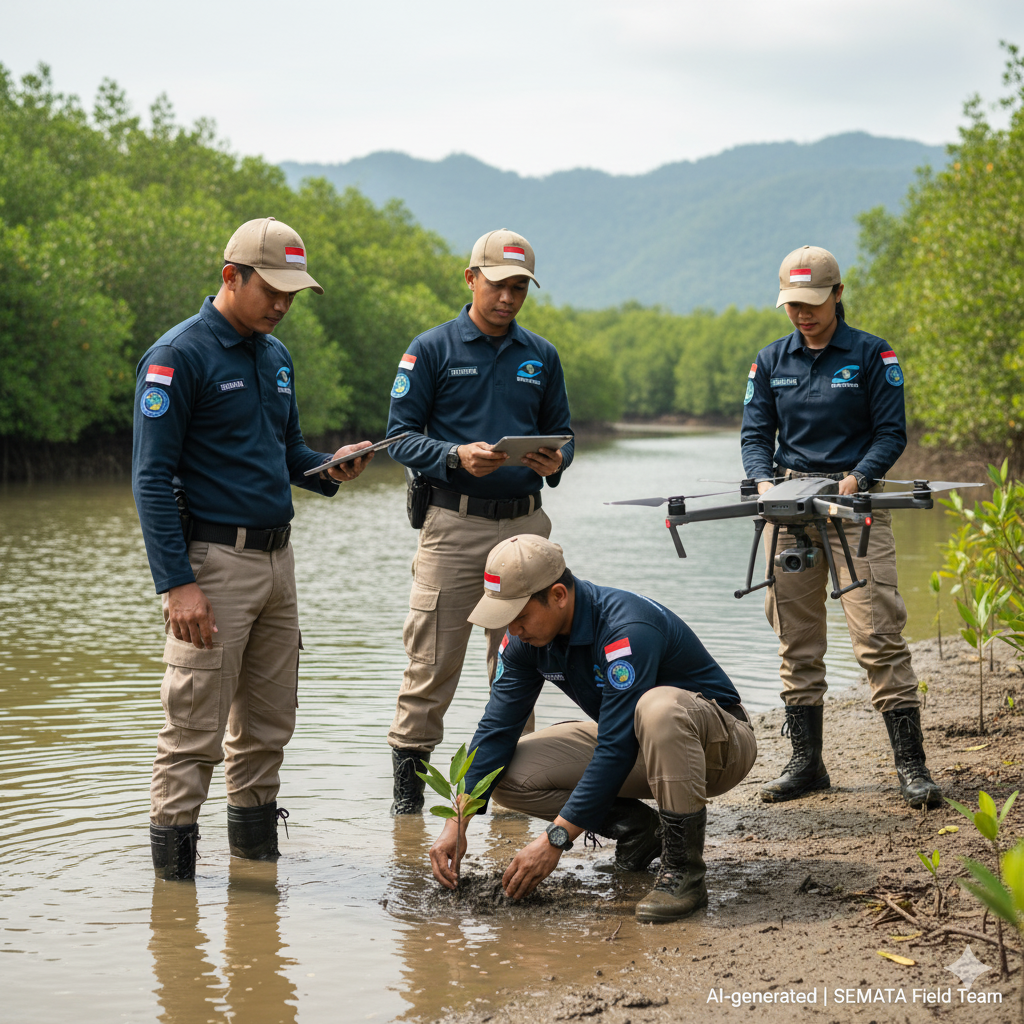

Leuser as a Mirror of the Future
The success of protecting Leuser is a benchmark for Indonesia's conservation direction. If Leuser survives, Indonesia's tropical forests will remain the lungs of the world; but if they fail, the impacts will be felt all the way to the coast and cities.
In this context, SEMATA Indonesia plays a role in connecting many parties—from local governments, donor agencies, corporate social responsibility (CSR) programs, to local communities—to create cross-sector synergies. Through research, education, and technology-based monitoring systems, SEMATA continues to strengthen transparency and accountability in national conservation.
Because for SEMATA, conservation is not a seasonal job, but rather a new civilization that must continue to grow with future generations.
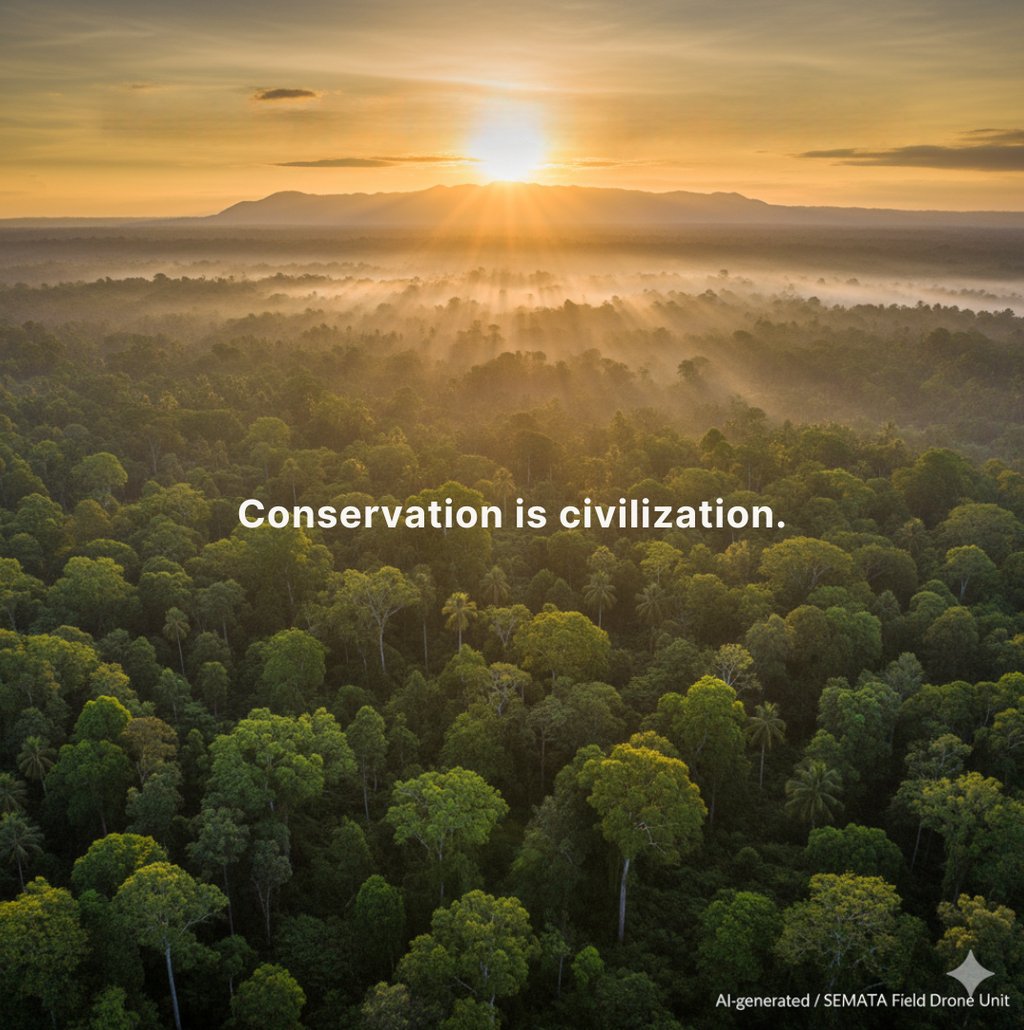

The Future
The biggest challenge is not just maintaining the area's size, but ensuring that every hectare of forest has meaning and social value.
Therefore, SEMATA invites all parties—from academics, industry players, to the community—to collaborate in building a future for conservation that is just, transparent, and effective.
"Every tree growing in Leuser is a symbol of hope—and every small action we take is part of the bigger story of preserving life."
Source: Serambi Indonesia, adapted and developed by SEMATA Indonesia
Photo: AI-generated / SEMATA Field Team
SEMATA INDONESIA
Protecting forests, coasts and wildlife with community, science and sustainability
CONTACT US
admin@semataindonesia.org
© 2025. SEMATA INDONESIA | Forest, Coastal and Wildlife Conservation. All rights reserved.


+62 852 6745 9070
Jl. HM. Joni - Aman 1 No. 09, Kel, Teladan Barat, Kec. Medan Kota, Kota Medan, Sumatera Utara, 20216
SUBSCRIBE US
